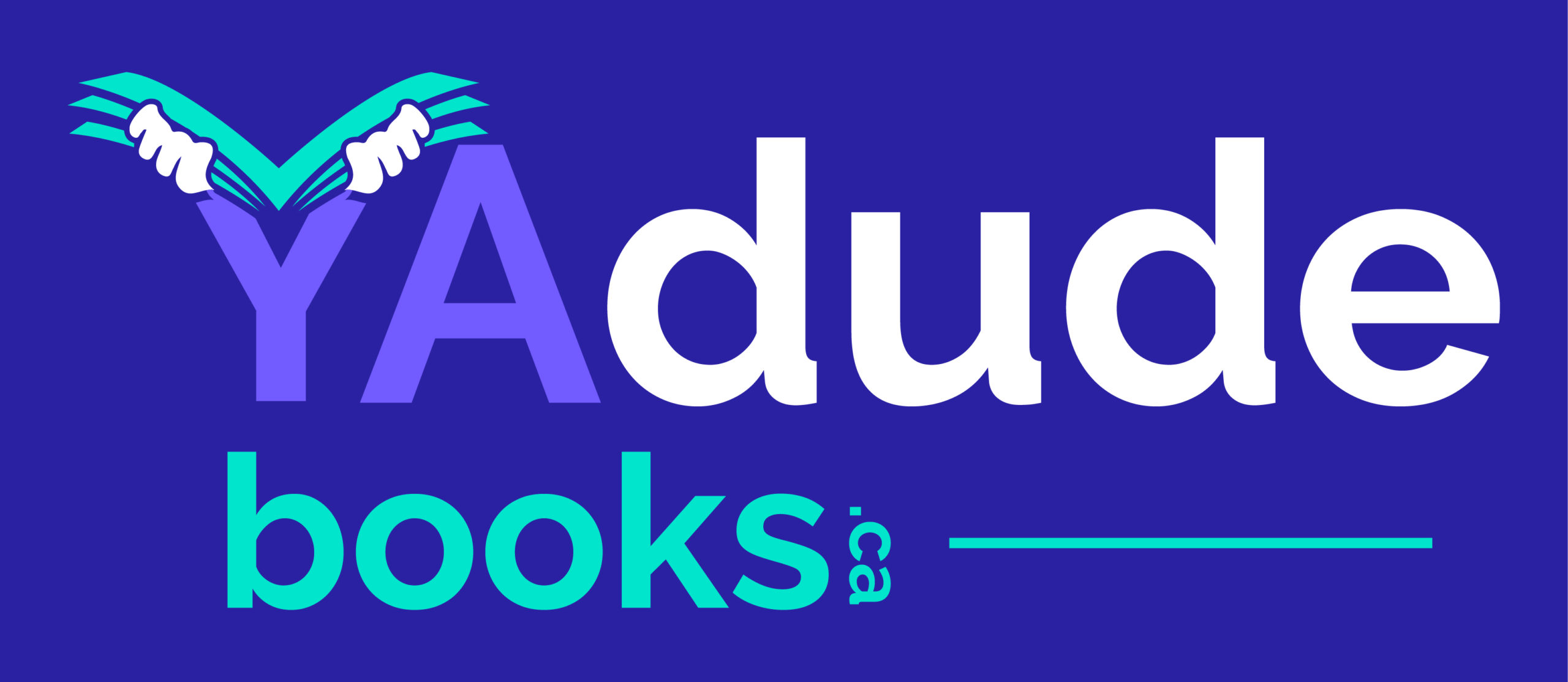Tom Birdseye grew up in North Carolina and Kentucky, where he enjoyed sports and outdoor fun. He wasn’t into reading until age 19, when a friend shoved a book in his face and said, “You’ve got to read this, no excuses.” It was The Hobbit, by J.R.R. Tolkien. By the bottom of page one he was hooked. After attaining university degrees in mass communications and elementary education, Tom taught fifth grade, lived a year in Japan teaching English as a second language, and graduated to teaching kindergarten (“kinda’ like herding cats”) until he published his first book at age 35.
Tom is the author of 20 books for young readers, including nine middle-grade/young adult novels, three nonfiction books and eight picture books. His books have won or been a finalist for state children’s choice awards 43 times and have been recognized by the International Reading Association, the National Council of Social Studies, the Oregon Library Association and the Oregon Reading Association. He is faculty emeritus in the Writing for Children and Young Adults program at Vermont College of Fine Arts.
When not writing, Tom enjoys rock climbing, alpine ascents, scaling big trees, ski mountaineering, snowshoeing, backpacking, mountain biking, playing the string bass and reading. He lives in Corvallis, Oregon with his wife. They have two grown daughters.
Tom can be found at https://tombirdseye.com, @TomBirdseye1, https://www.facebook.com/tom.birdseye.3, and www.tiktok.com/@tombirdseye. His most recent release is the young-adult novel There is No Map for This (Groundwood 2024). https://yadudebooks.ca/there-is-no-map-for-this/
Q: You’ve said that as a youngster, you were a reluctant reader who struggled with spelling, punctuation and lack of story ideas. How did you get from there to being an ardent writer, and what does that prove to today’s reluctant readers, teachers and parents out there?
A: I was convinced as a kid that successful writing was measured by those technical aspects of words on paper, and I wasn’t good at them. Ergo, I wasn’t a writer. Lucky for me, the right people came along at the right time and pointed out that you never hear people say, “Wow, this book is filled with fantastic spelling and punctuation!" It’s always the story and the characters living it that grip the reader, the universal aspects and emotional truths of life that we all have in common. That, I was told, was what I should focus on first and foremost. Once I did, I began to see myself differently—as a storyteller. A storyteller that writes crappy first drafts, but has the perseverance to revise, and revise, and revise until it’s the best it can be. Even the punctuation and spelling. That simple shift in how I view the writing process changed my life. The boy who never imagined he’d be a writer, now can’t imagine anything else.
Q: What are some common themes in your books, and why?
A: I’m drawn to the big questions in life: Who am I? What is my purpose? How do I create meaning? What do I believe? Existential stuff. But also the nitty gritty application of those philosophical puzzles: What is the best way to handle being caught between a rock and a hard place? How do I mend that relationship? What’s the right thing to do at this particular moment? I like to put characters in situations where they have to face adversity, and then see what they are really made of.
Q: What does it take to turn kids into readers, especially boys?
A: It’s pretty simple, really: an engaging story filled with characters you care about who are struggling to achieve a worthwhile goal. Sure, action-packed scenes are helpful. As is humor. But the foundation beneath it all is the emotional connection. Get the reader invested and they’ll stick with you until THE END. Then they’re much more likely to say, “Hey, what else you got?”;
Q: Any particular reason why almost all your novels have male protagonists?
A:Experience. I’m a guy, and have dealt with a lot of guy issues. So it’s easier for me to write authentically from that point of view. Also, I believe that the role of guys in the world is changing. As it should. Change is inevitable. But it complicates things, makes it harder to find the right path. Stories that shine a light on those issues can help guys — particularly young guys — navigate and find their way. Become better men. Better men benefit us all.
Q: As someone who has written both fiction and nonfiction, for young kids, middle grade and young adult, tell us which you enjoy most, which are most popular and why.
A: I love all of those forms and ages. Each has its own beauty, and appeal. But right now—especially with the publication of There Is No Map for This — I’m fully immersed in young adult literature, and excited to keep going with that audience. My new novel, tentatively titled Blowup, is YA. I wake every morning excited to get up and get after it!
Q: How does your love of sports and outdoor adventure influence your stories and help you “reach” your readers?
A: : I think sports, and especially outdoor adventure, are important opportunities to stretch who you are. They’re not easy. They demand full attention and effort. They test you. In some ways, it’s kind of like exercise—say, lifting weights. It’s only by stressing a muscle, even to the point of micro tears, that the muscle gets stronger. Ditto for life in general. Live it fully, seek challenges—rock climbing, for example, or mountaineering, mountain biking, theater, art, chess, whatever you’re drawn to. Take risks, welcome the micro tears. You’ll come out a stronger person. Ditto for characters. Double ditto for the story.
– Pam Withers

